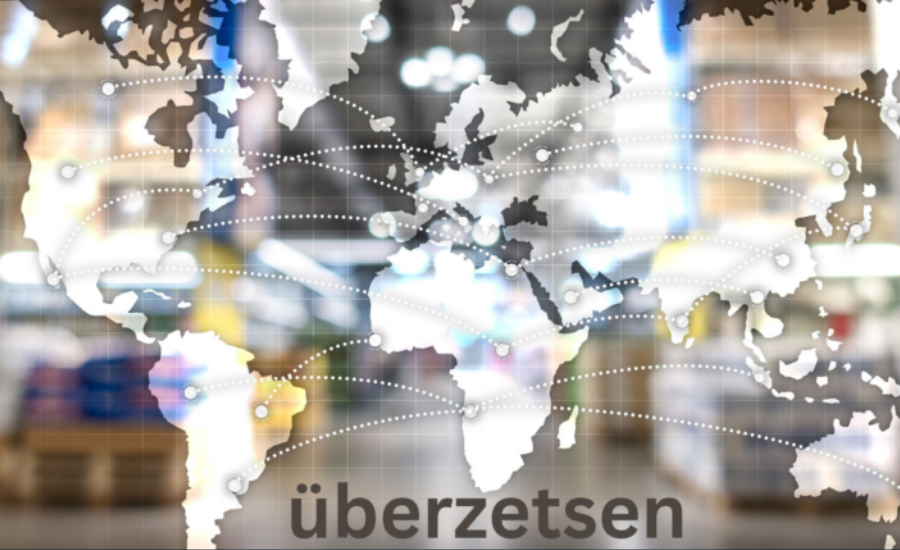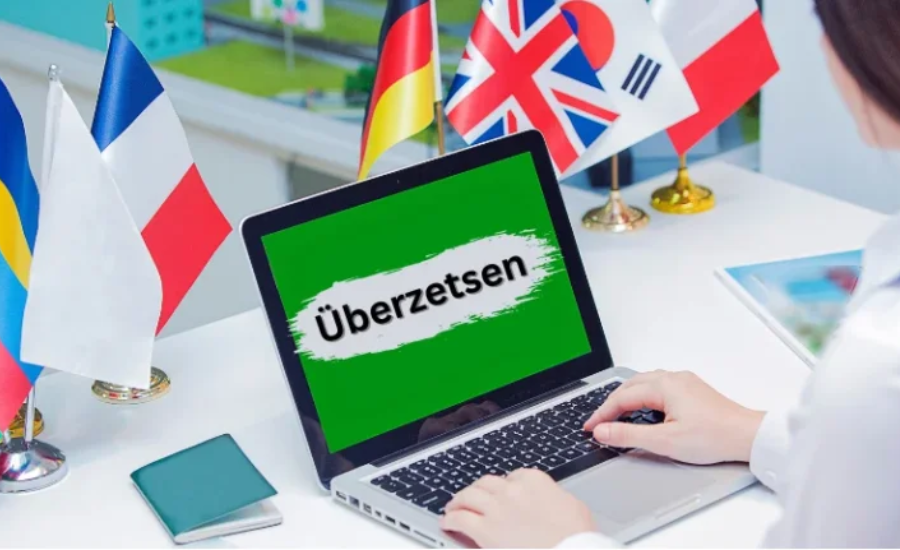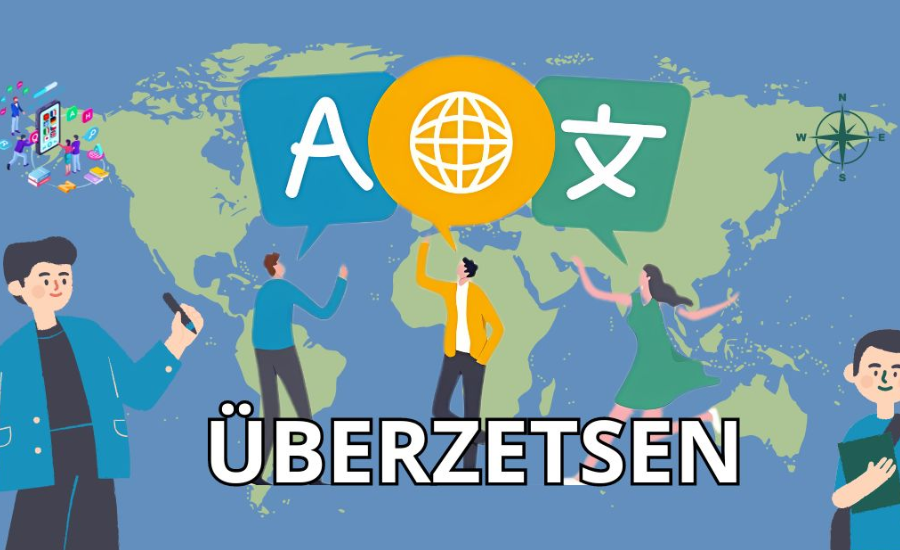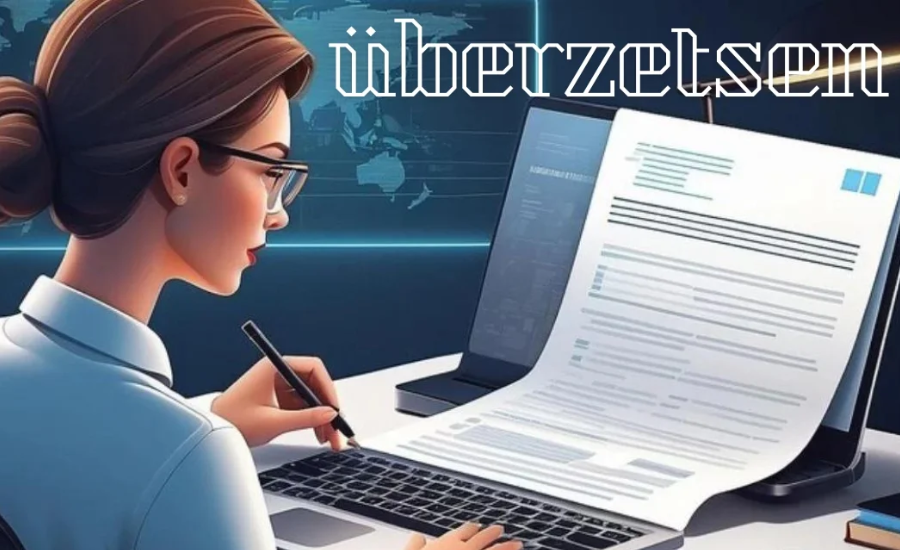In an increasingly globalized world, effective communication across languages is essential. However, traditional translation often falls short when it comes to capturing the true essence and nuance of the original content. This is where überzetsen comes into play—a concept that redefines translation by focusing not just on words, but on the cultural, emotional, and contextual meaning behind them.
What Is Überzetsen?
At its core, überzetsen is more than a simple word-for-word translation; it is a creative process aimed at maintaining the spirit, tone, and intent of the original message. The process involves delving deeper into the cultural nuances and linguistic intricacies of both the source and target languages. Instead of just converting text, überzetsen seeks to recreate the experience and emotions of the original message for a new audience.
This method places a significant emphasis on adapting the content to resonate with readers in the target language, ensuring that it doesn’t just read naturally, but feels authentic to the culture it is reaching.
The Philosophy Behind Überzetsen: Preserving Meaning Over Literal Translation

One of the key principles of überzetsen is the importance of maintaining the integrity of the original message. A literal translation may result in a text that feels off or even confusing to the new audience. This is particularly true when idiomatic expressions or cultural references are involved. For instance, an English phrase like “raining cats and dogs” would not carry the same meaning if translated directly into another language.
Überzetsen translators approach such challenges by seeking equivalent expressions in the target language. This approach ensures that the translation isn’t just correct, but also conveys the right feeling, context, and intent. It’s not merely about translating words but about translating meaning and ensuring the message is understood as the original author intended.
Adapting Translations for Global Audiences
Understanding that languages are deeply intertwined with culture, überzetsen places special emphasis on adapting translations to suit the diverse audiences they are intended for. What resonates in one culture may not work in another, so a translation must be tailored to meet the cultural and contextual expectations of the new audience.
To achieve this, überzetsen translators consider various factors:
- Cultural Norms & Values – How direct or indirect the language should be, or how individualistic or collectivist the tone should sound.
- Humor – What jokes, references, and humor are appropriate and how they differ between cultures.
- Familiarity with Concepts – Ensuring the audience is familiar with certain phrases or concepts, such as pop culture or idioms.
- Formality – Whether the language should be formal or casual based on the audience’s expectations.
By taking these cultural differences into account, überzetsen ensures that the translation is relevant, relatable, and impactful, resonating with the target audience on a deeper level.
Breaking Language Barriers With Überzetsen

In an increasingly interconnected world, the ability to communicate across languages and cultures is invaluable. Überzetsen plays a significant role in this, facilitating cross-cultural dialogue and understanding. It enables people from different backgrounds to access and engage with content that they might otherwise find inaccessible due to language barriers.
The benefits of überzetsen are profound:
- Promoting Global Understanding: It allows ideas and stories to transcend geographical boundaries, fostering empathy and connection among people from different cultures.
- Enhancing International Trade and Business: As companies expand globally, überzetsen helps ensure that business communications are not only accurate but culturally appropriate, increasing the likelihood of success in international markets.
- Facilitating Cross-Cultural Collaboration: Whether in academic research, diplomacy, or the arts, überzetsen helps individuals and organizations collaborate more effectively across borders.
In essence, überzetsen is not just about translating text but about bridging gaps between communities and fostering a deeper understanding of diverse human experiences.
The Art Of Translation: Crafting Meaningful Texts
Translation is both a science and an art. The technicalities of grammar and syntax are important, but so is the translator’s ability to capture the emotional and contextual layers of the original content. With überzetsen, this artistic approach is elevated, as translators strive to create content that is not only faithful to the original but also resonates deeply with the new audience.
Überzetsen translators use a variety of techniques to achieve this:
- Creative Word Choices: Translators experiment with different phrases and expressions to find the one that best conveys the original meaning in the new language.
- Rhetorical Devices: They use tools like metaphor, alliteration, and rhythm to make the text more engaging and meaningful.
- Cultural Flavor: By weaving in elements of the target culture, the translation feels more familiar and authentic to the audience.
These techniques ensure that the translation isn’t just accurate, but also compelling and enjoyable to read, thus elevating the overall impact of the original message.
The Future Of Translation: Embracing Innovation

The field of translation is constantly evolving, and überzetsen is at the forefront of this evolution. With the rise of AI and machine learning, new possibilities are opening up for improving efficiency and consistency in translation processes. However, the human touch remains essential for ensuring that translations retain their cultural and emotional relevance.
Some of the innovative trends in überzetsen include:
- AI-Assisted Translation: AI tools help translators manage terminology and quality assurance, speeding up the process while maintaining high standards.
- Multimedia Translation: Überzetsen is expanding beyond text to encompass audio, video, and interactive content, offering new ways to bridge language barriers in digital media.
- Transcreation: This creative approach goes beyond standard translation by adapting content to fit cultural nuances and even creating new content inspired by the original.
- Global User Experience (UX): UX designers are now collaborating with überzetsen translators to ensure digital products are intuitive and culturally aligned for users around the world.
As technology continues to advance, the scope of überzetsen will only expand, opening up new frontiers in how we communicate across languages and cultures.
Conclusion: Why Überzetsen Matters
In a world where global communication is increasingly crucial, überzetsen represents a groundbreaking approach to translation. By prioritizing meaning, culture, and emotional resonance, it ensures that content not only transcends language barriers but also maintains its authenticity and impact across cultures.
Whether for business, literature, academia, or digital media, überzetsen provides a more nuanced, creative, and culturally aware alternative to traditional translation. As the world continues to become more interconnected, überzetsen will play a pivotal role in creating deeper connections and fostering mutual understanding between people from all corners of the globe.
Read Next: Blogblower.co.uk
